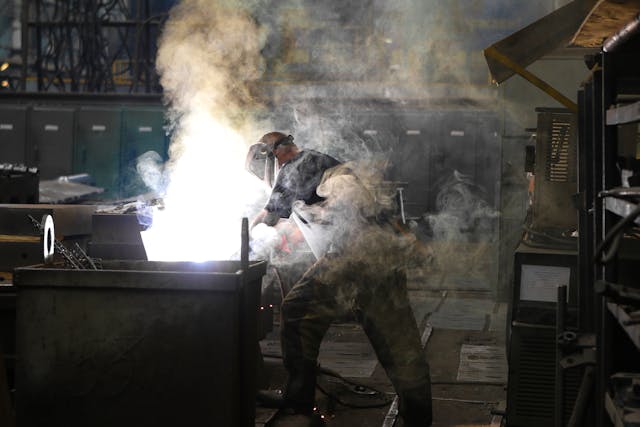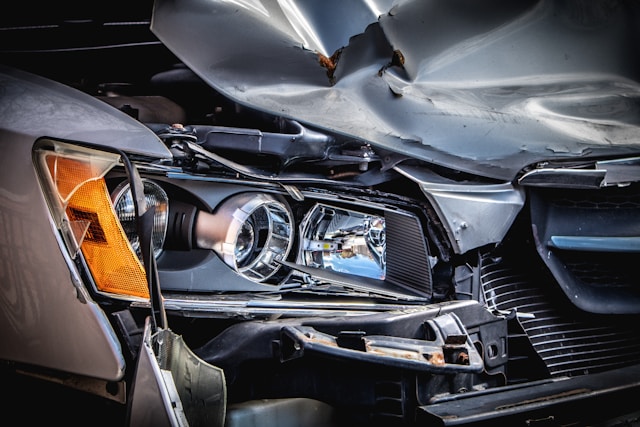Key Takeaways:
- Understanding the transformative impact of technology on mold manufacturing.
- An exploration of how 3D printing, intelligent technologies, and automation redefine the industry.
- Insights into sustainable practices that aim to balance environmental responsibility with industrial demands.
Table of Contents:
- Introduction to Modern Mold Manufacturing
- The Evolution of Mold Manufacturing Techniques
- Cutting-Edge Materials in Mold Making
- The Role of Precision Engineering in Mold Design
- Breakthroughs in 3D Printing and Additive Manufacturing
- Automation and Robotics in Mold Production
- The Rise of Smart Molds and IoT Technology
- Sustainable Practices in Mold Manufacturing
- Overcoming Challenges in Complex Mold Designs
- Insights and Forecasts on the Future of Mold Manufacturing
Introduction to Modern Mold Manufacturing
The manufacturing of molds is a craft that nuances its way into countless industries—think precision automotive components, medical device casings, and intricate consumer goods packaging. These molds’ meticulous design and manufacture are intrinsic to the finished product’s functionality and aesthetic appeal. To understand the level of craftsmanship that mold manufacturing entails, one need only consider the expertise of an esteemed injection mold supplier, where precision and finesse meet industrial robustness. The importance of these suppliers in the manufacturing chain cannot be overstated, as they facilitate the mass production of components with consistency and quality that only advanced technological processes can ensure.
The Evolution of Mold Manufacturing Techniques
From the blacksmiths and metalworkers of yore to today’s precision-driven CAD/CAM designers, mold manufacturing has a storied history that reflects human progress in manipulating materials. This evolution demonstrates better tools and a mindset shift toward streamlining production methods for optimal output. Traditional methods gave us the foundational understanding necessary to craft molds manually, yet modern techniques have honed these methods to near perfection. Such practices positively impact mold production’s operational efficiency and accuracy, influencing the broader manufacturing landscape.
Cutting-Edge Materials in Mold Making
Original craftsmen were limited to the materials at hand—metals that could withstand repeated use but sometimes faltered under high stress or temperature conditions. Today, however, a revolution in materials science has afforded mold manufacturers access to composites and polymers that are lightweight, more resilient, and environmentally friendly. These advancements in materials are not only pushing the boundaries of what can be molded and how durable those parts can be. Still, they are also opening doors to innovation in various sectors reliant on these advanced materials.
The Role of Precision Engineering in Mold Design
Precision is the watchword in mold design in a world where a micron-level imperfection can result in product failure. The sophisticated use of computer-aided design (CAD) tools allows engineers to conceptualize and simulate molds before a single piece of material is cut. But this precision is not merely for show—it’s an essential quality assurance element manufacturers depend on to uphold their brand’s reputation. Computer-aided manufacturing (CAM) then takes these designs and brings them into the physical world with unprecedented accuracy.
Breakthroughs in 3D Printing and Additive Manufacturing
The advent of 3D printing’s influence on mold manufacturing has heralded a new epoch of possibilities. What was formerly a discipline mired by the constraints of subtractive techniques is now a theater for additive manufacturing’s many acts—from rapid prototyping to manufacturing complex geometries previously rendered unfeasible. 3D printing applications in mold manufacturing streamline workflow, drastically reduce lead times, and democratize access to precision tools for a broader range of producers.
Automation and Robotics in Mold Production
Integrating automation and robotics into mold manufacturing processes has led to a significant leap in the quantity and quality of production. Robots offer precision and consistency beyond human capability, working tirelessly to produce molds that meet stringent criteria every single time. This consistency is crucial not only for the efficacy of the mold itself but also for the manufacturing process it serves, reducing error rates and increasing confidence in the final product.
The Rise of Smart Molds and IoT Technology
Today’s visionary mold manufacturers are embedding sensors into molds, creating ‘smart molds’ that can communicate with operators and other machinery through the power of the IoT. This technology allows for real-time monitoring, adaptive control systems, and data analytics, which were once the stuff of science fiction. Anticipating problems before they occur, these bright molds ensure the manufacturing process is more reliable, efficient, and less prone to error, marking a monumental step in manufacturing evolution.
Sustainable Practices in Mold Manufacturing
With environmental concerns taking center stage, the industry acknowledges the need for sustainability in mold manufacturing. Innovative strides toward green initiatives and eco-friendly materials are reducing the carbon footprint of manufacturing and promoting a culture of reuse and recycling. These ideological and practical initiatives often lead to cost savings and enhance the company’s marketability to environmentally-conscious consumers.
Overcoming Challenges in Complex Mold Designs
Certain products’ intricacies require complex molds that only the latest technologies can produce. Challenges that once stifled innovation are now surmountable through high-resolution imaging, advanced analysis software, and precision engineering tools. As a result, complex design blueprints that push the boundaries of what’s possible are being realized, opening up a world of innovation in product development and manufacturing.
Insights and Forecasts on the Future of Mold Manufacturing
What does the future hold for mold manufacturing? Industry experts forecast further integration of digital technologies, focusing on sustainability and material innovation. Firms that continue to adopt and embrace these changes are set to lead the market, responding with agility to the varying demands of a dynamic manufacturing landscape. As we stand on the brink of a new industrial renaissance, it is clear that technology will continue to be the leading source of propulsion for the mold manufacturing sector.



